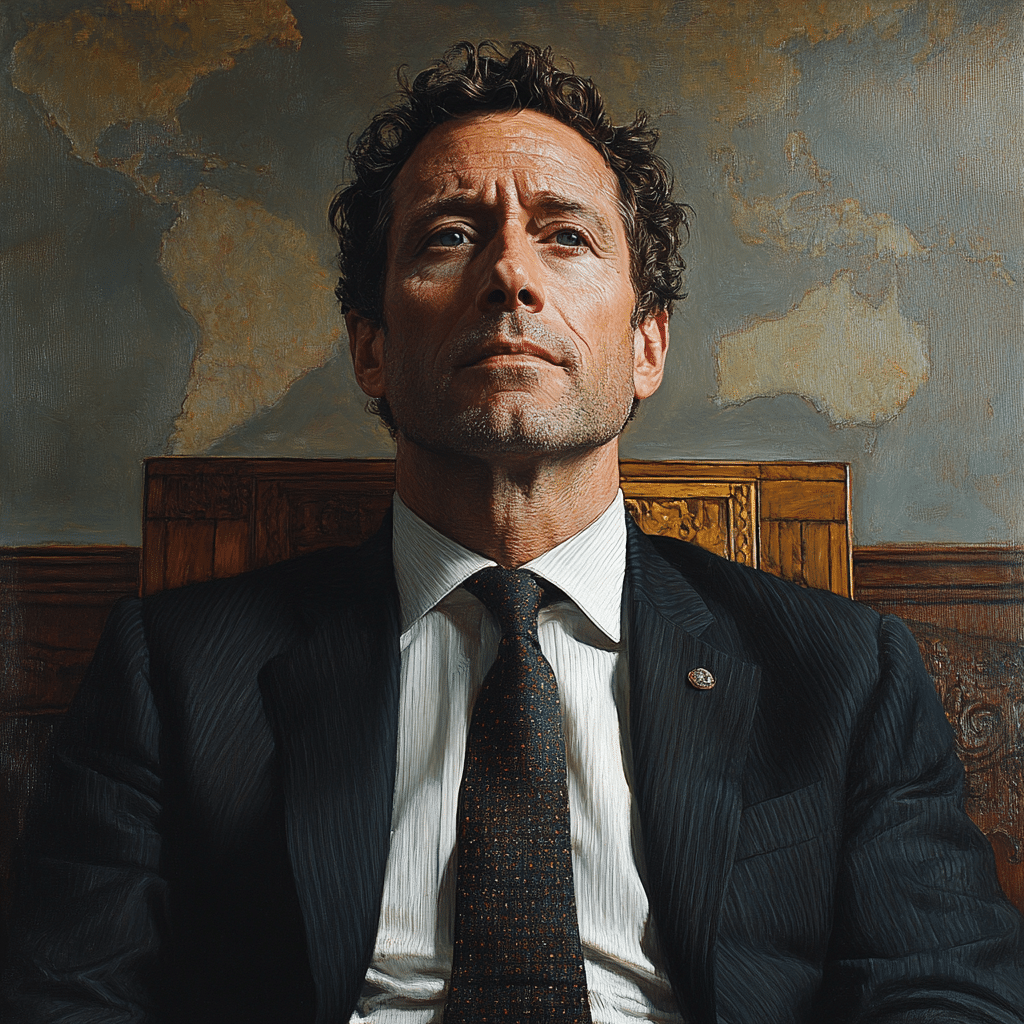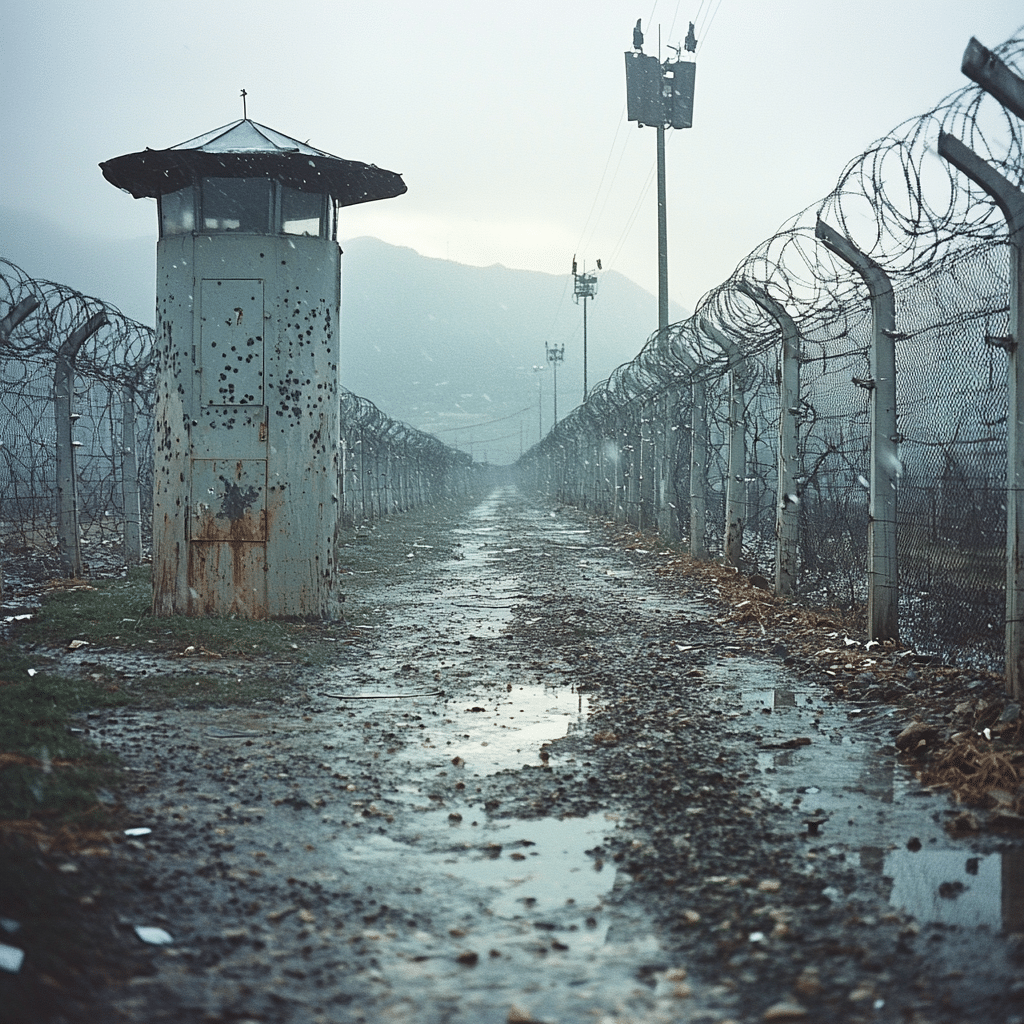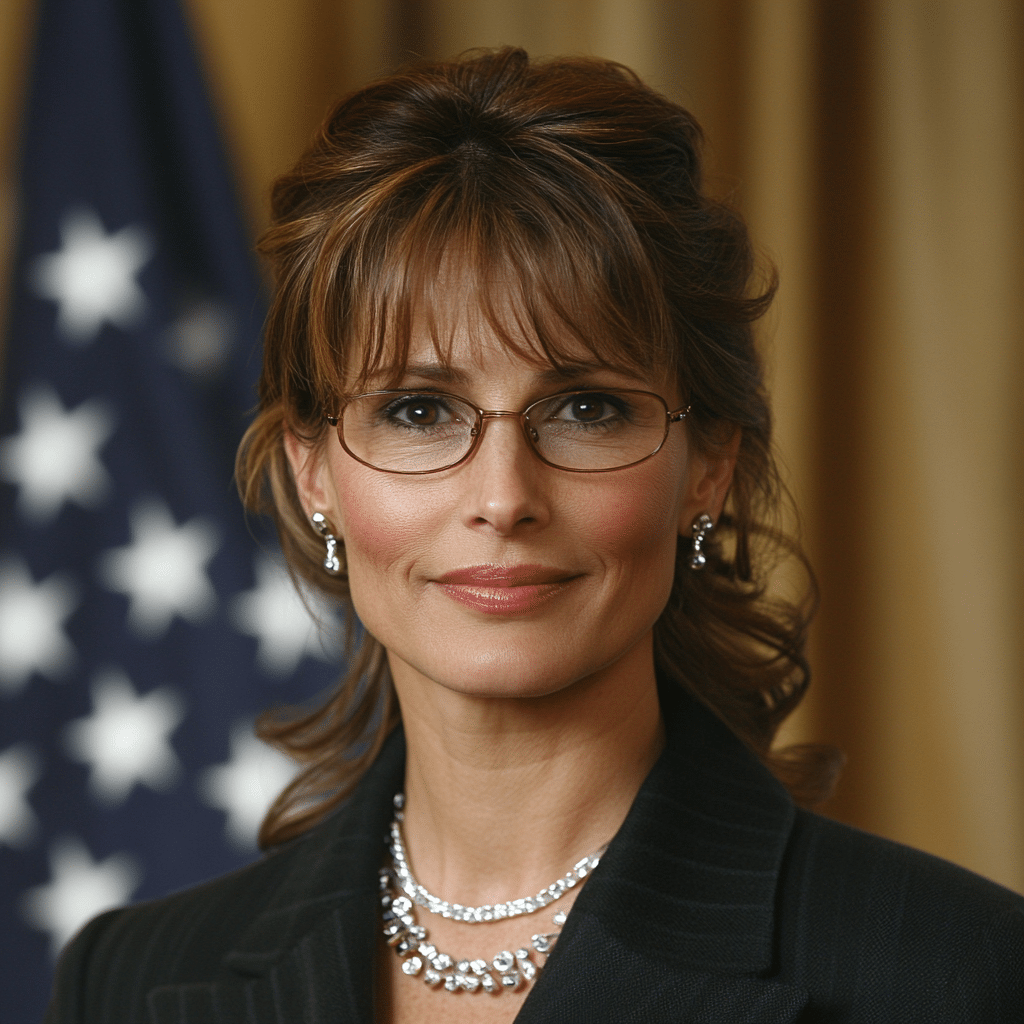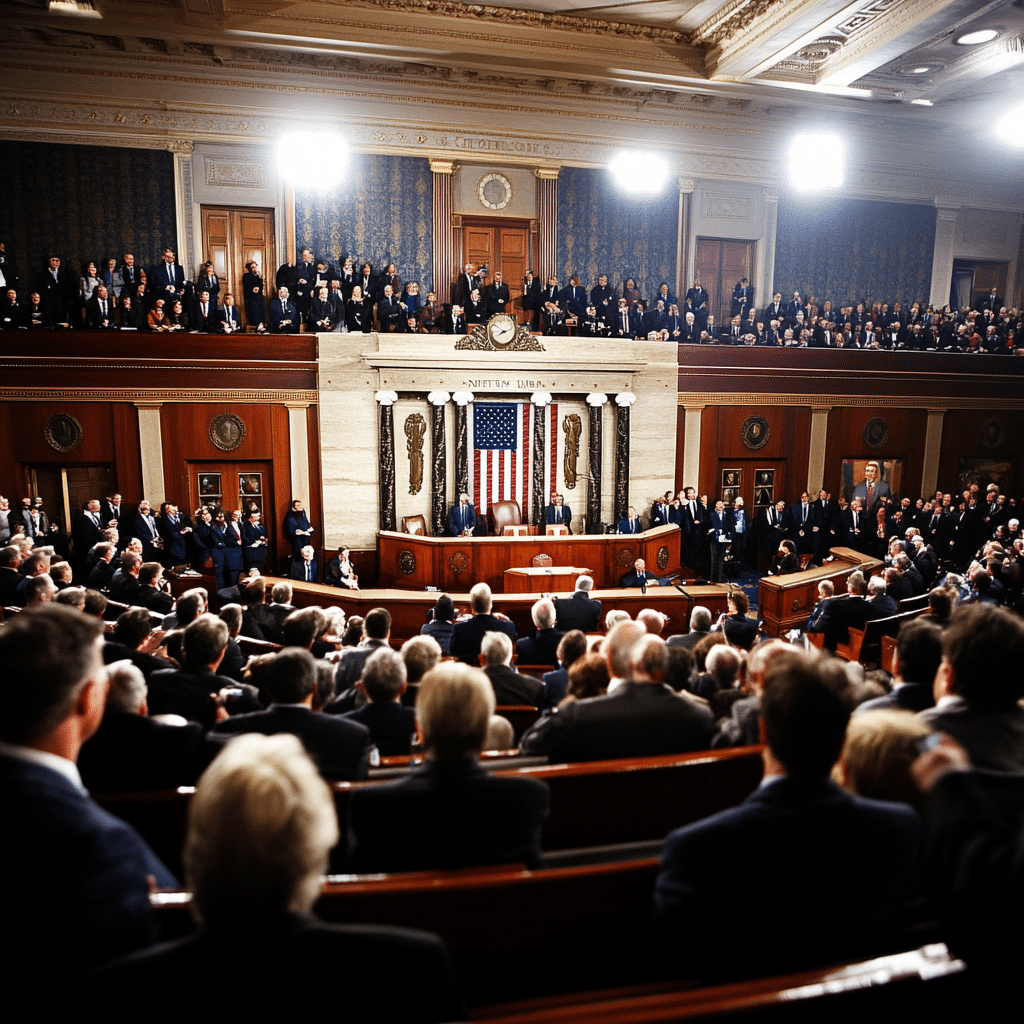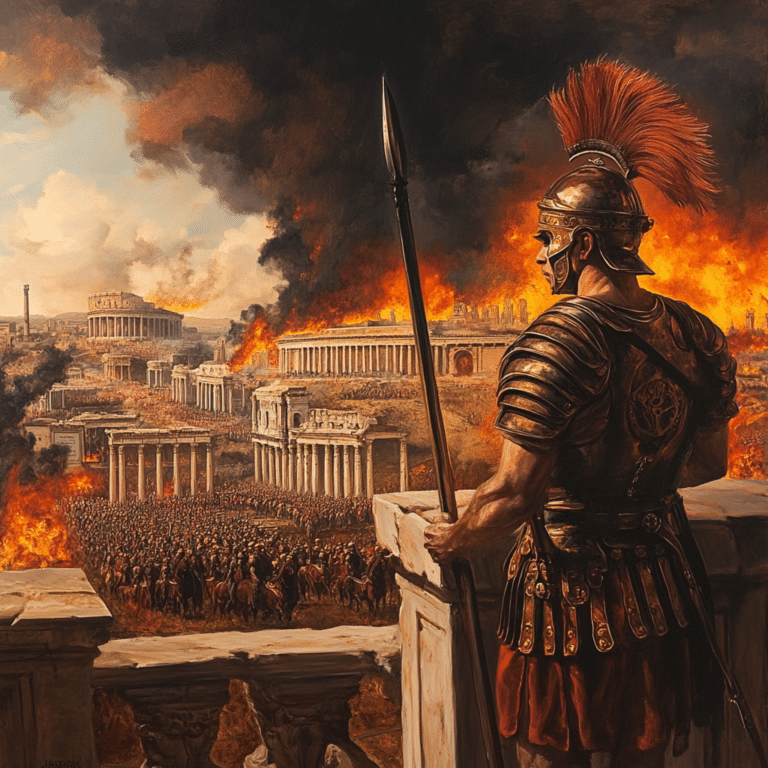The term Pax Americana has become a buzzword in discussions about global politics, especially in 2024. It’s a phrase that refers to the time after World War II when the United States emerged as the leading superpower, shaping international relations for decades. As we dive into the evolution of Pax Americana, we can see how it has transitioned from a focus on military might and economic prowess to a broader scope that includes cultural influence and digital dominance. So, what’s the deal with Pax Americana today? Let’s unpack this fascinating topic!

1. The Evolution of Pax Americana: A Historical Perspective
The Post-World War II Landscape
After World War II, Pax Americana blossomed like a beautiful flower in a carefully tended garden. The United States stood tall, leading the charge towards liberal democracy and global free markets. The Cold War‘s end in 1991 marked a pivotal shift. It wasn’t just a victory for the U.S. but a solidification of its status as a global superpower. Can you imagine how the world must have looked at that time—everyone scrambling to align under the U.S. banner?
The Impact of 9/11
Fast forward to the tragic events of September 11, 2001. The War on Terror shifted Pax Americana back toward a military emphasis. Suddenly, the U.S. was more involved in the Middle East than a kid at a candy store. With military bases scattered like sprinkles on a cupcake, America took a leading role in ensuring global security—albeit amid chaos. This change created a military-focused Pax Americana that persists today.
The Digital Dynamics
Enter the Digital Revolution! Technology has flipped the script on how power is perceived. You’re not only competing with armies and nuclear stocks anymore; you now need to consider tech giants like Apple and Google, which influence global markets just as much as any military base. Isn’t it wild how a handful of tech companies can shape policies and society on a planet-scale level?

2. Top 5 Countries Shaping Pax Americana Today
The Key Players
Now, who are the heavyweights in the Pax Americana ring in 2024? Here are five countries making significant waves:
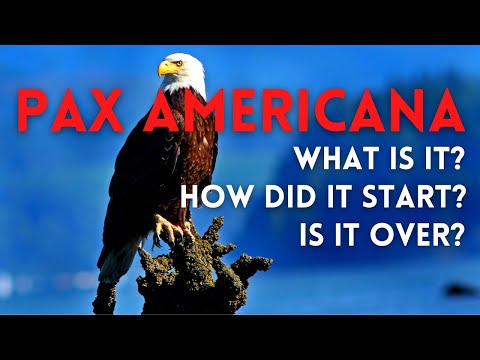
3. Economic Dimensions of Pax Americana in 2024
Trade Agreements & Global Economy
When it comes to Pax Americana, the economic layer is almost like the icing on the cake. Trade agreements have been a U.S. strategy to create economic partnerships, steering nations toward political alignment. Look no further than the USMCA (United States-Mexico-Canada Agreement) for a prime example of how economic ties foster cooperation.
The Tech Titans
Another critical element is the role of American tech companies. Businesses like Apple, Google, and Amazon are not just storehouses of innovation; they wield substantial influence over global markets and societal norms. Picture this: every time someone Googles Where Should I live, they’re tapping into an American-driven tech sales funnel! Such dominance demonstrates economic strength that extends far beyond geographical borders.
The Changing Landscape
As economies across the globe shift, the U.S. will need to stay nimble. Emerging markets, particularly in Asia and Africa, are becoming crucial players. Understanding local economies and aligning trade policies to foster goodwill will be key for sustaining Pax Americana throughout 2024.

4. Cultural Implications of a Pax Americana World
Hollywood’s Role
When you think of American influence, the proud Hollywood machine comes to mind. Through films, music, and entertainment, the U.S. crafts a powerful narrative shared globally. Movies like “Avengers: Endgame” and “Black Panther” don’t just dominate the box office; they shape cultural values, ideologies, and aspirations worldwide, contributing to the soft power of Pax Americana.
Soft Power Dynamics
The power of culture is often underestimated. By exporting ideals such as democracy, personal freedom, and the notion that “if you can dream it, you can achieve it,” the U.S. effectively diminishes barriers and cultivates goodwill. Isn’t it fascinating how a blockbuster can promote shared values worldwide?
The Impact of Arts
Whether it’s a piece from The Artist’s Garden at Giverny painting or a catchy tune from your favorite artist, cultural exports serve as a reminder of the United States’ continuing influence. Through soft power, the U.S. actively counteracts authoritarian ideologies and promotes liberal values that form the backbone of Pax Americana.

5. The Role of Multilateral Institutions in Sustaining Pax Americana
A Collective Front
Organizations like the United Nations (UN) and NATO are key to sustaining Pax Americana. Though they face criticism at times, these groups work to uphold global governance and collective security. For example, NATO has emphasized unity in the face of Russian aggression, ensuring member states are secure—a hallmark of collective defense that reinforces Pax Americana.
Navigating Global Challenges
The UN plays a pivotal role in addressing pressing global issues like climate change and pandemics. Initiatives aimed at tackling these crises reaffirm their essential role. Without structured oversight to address these global concerns, the very fabric of Pax Americana could face serious fraying.
The Evolving Landscape
Even though multilateral institutions contribute to stability, their effectiveness is sometimes put to the test. It’s a balancing act between collaboration and sovereignty, which means they’ll need to adapt as global challenges evolve. Countries won’t wait for a roundtable; they will act in their interests, and this unpredictability could shift the core elements of Pax Americana.
Reevaluating the Future of Pax Americana
As we look ahead to 2024, the future of Pax Americana hangs in the balance. The landscape is shifting as traditional power dynamics are challenged by rising nations. China and Russia are undoubtedly redefining the global narrative, prompting the U.S. to rethink its strategies.
The relevance of Pax Americana will depend heavily on the United States’ capacity to foster economic partnerships and cultural diplomacy. The increased complexity of global issues calls for a dynamic and adaptable approach. To maintain peace and stability, American authorities must be as innovative and flexible as the tech giants ruling the digital age.
In conclusion, Pax Americana is far from a static concept. It’s an evolving framework that requires the U.S. to be smart, proactive, and collaborative on the world stage. As we dive deeper into 2024, let’s keep our eyes peeled for what lies ahead! After all, the game of global power won’t play itself.
In case you’re interested in some light reading while you contemplate the shifts in Pax Americana, here are a couple of fun links: check out the story behind Pho 99 or the intriguing Patrick Henry high school flu outbreak. They might not be your usual geopolitical fare, but even the smallest local stories can impact larger narratives! Happy reading!
Pax Americana: A New Era of Global Power and Peace
The Origins of Pax Americana
Pax Americana, often seen as a modern parallel to historical peace periods, reflects the influence and dominance of the United States since World War II. Did you know that the term itself is derived from the Latin phrase meaning ‘American Peace’? It’s fascinating how this concept has shaped not just American foreign policy but also the global stage. Just like in a game of football, where tactics can change based on the opponent’s lineup, global interactions hinge on the dynamics of power, much like how we debate matches such as Aston Villa Vs Man city Lineups. This variation can dictate shifts in alliances and overarching strategies.
Historically, one can draw a parallel to artistic movements. Consider the beauty captured in The Artists’ Garden at Giverny, where impressionist techniques showcase dynamic changes and nuances. Similarly, the pax americana period has fostered artistic and cultural exchange on an international scale, producing masterpieces that define eras. This form of cultural diplomacy is a subtle yet powerful facet of America’s global influence, emphasizing ‘unity and diversity’—concepts still relevant today.
Economic Underpinnings of Pax Americana
The economic factors fueling pax americana cannot be overlooked. As global trade has intertwined economies, nations have found themselves increasingly ‘indivisible’ in their dependencies—similar to a family where everyone relies on each other for support. The intermingling significantly affects how countries collaborate on issues ranging from climate change to economic growth strategies, much like how families share the burden of a Multifamily home. A lack of stability in one area can ripple through others, creating a domino effect that keeps nations united against common challenges.
In another twist, let’s talk about how individual companies contribute to this geopolitical balance. Take Patagonia’s initiatives during events like Black Friday; they shift societal perspectives on consumption and sustainability. Their designs resonate with consumers looking for responsible and ethical choices, enhancing the broader narrative of pax americana that encompasses both influence and responsibility. It’s an interesting cycle—business actions echoing into national conversations and impacting global peace efforts.
The Cultural Impact of Pax Americana
Pax Americana isn’t just about politics and economies—it’s also deeply embedded in culture. Movies, music, and art find their way across borders, altering local landscapes. They often inspire movements and even revolutions, much like how engaging narratives in films ignite change. Just picture it: global audiences are drawn into stories that reflect American ideals, blending into their traditions, creating a melting pot effect of shared values.
While peace remains a constant pursuit, the footprints of pax americana remind us that we’re all part of a larger story. Just as a painter selects hues and strokes to create a masterpiece, nations blend their histories and visions into the canvas of today’s society. As we navigate the current landscape, one can’t help but reflect on the essential elements influencing our journey forward—the synergy of economics, culture, and history framed within the ongoing saga of pax americana.

Does Pax Americana still exist?
Yes, Pax Americana still exists today. It’s defined by U.S. military strength that’s unmatched by any rival, allowing America to project power globally across oceans, airspace, and outer space.
What is Pax Britannica and Pax Americana?
Pax Britannica and Pax Americana refer to periods of relative peace and stable trade. Pax Britannica lasted from 1815 to 1914, dominated by British power, while Pax Americana began after World War II in 1945, marked by U.S. influence.
Why did Pax Britannica end?
Pax Britannica ended with the start of World War I in 1914. The war marked a shift in global power dynamics, contributing to the rise of other industrialized nations and the decline of British dominance.
What does Pax mean in Pax Americana?
Pax in Pax Americana means “peace” in Latin. The term suggests that this period is characterized by stability and order maintained by U.S. military and economic influence around the world.
Is Pax discontinued?
Pax is not officially discontinued, as the term reflects a global context. However, interpretations and applications of Pax can evolve over time based on international relations and power shifts.
Why is it called Pax?
It’s called Pax because it comes from the Latin word for “peace,” indicating a time when major powers coexist without prolonged conflicts.
What is the Latin word for Pax Americana?
The Latin phrase for Pax Americana is “Pax Americana.” This directly translates as the “American peace,” highlighting the United States’ role in maintaining international order.
What does Pax mean in Greece?
In Greece, Pax translates to “peace” as well, mirroring its Latin roots and the general concept of harmony among nations.
What is the main problem in Pax?
The main problem in Pax is maintaining stability amid rising tensions and the competition from emerging powers. As global dynamics shift, peace is often tested by conflicts of interest.
What else happened during the Pax Britannica?
During the Pax Britannica, significant events included the expansion of the British Empire, advancements in trade and industrialization, and the spread of ideas like liberalism and democracy.
Does Pax still happen?
Pax can still occur in a broader sense, depending on global dynamics, but the exact interpretation may change as new powers emerge and tensions rise.
Does Pax still happen?
Yes, Pax West is still a recognized event. It’s one of the largest conventions for gaming enthusiasts, showcasing the latest in indie games, panels, and entertainment.
Is Pax West still a thing?
At the end of Pax, which refers to the Pax Britannica, a shift in the global balance of power occurred, leading to World War I and the beginning of a new era of international relations.
What happened in the end of Pax?
The United States is facing decline due to a mix of economic challenges, political divisions, and competition from other nations. These factors complicate its role as a dominant global leader and influence.


